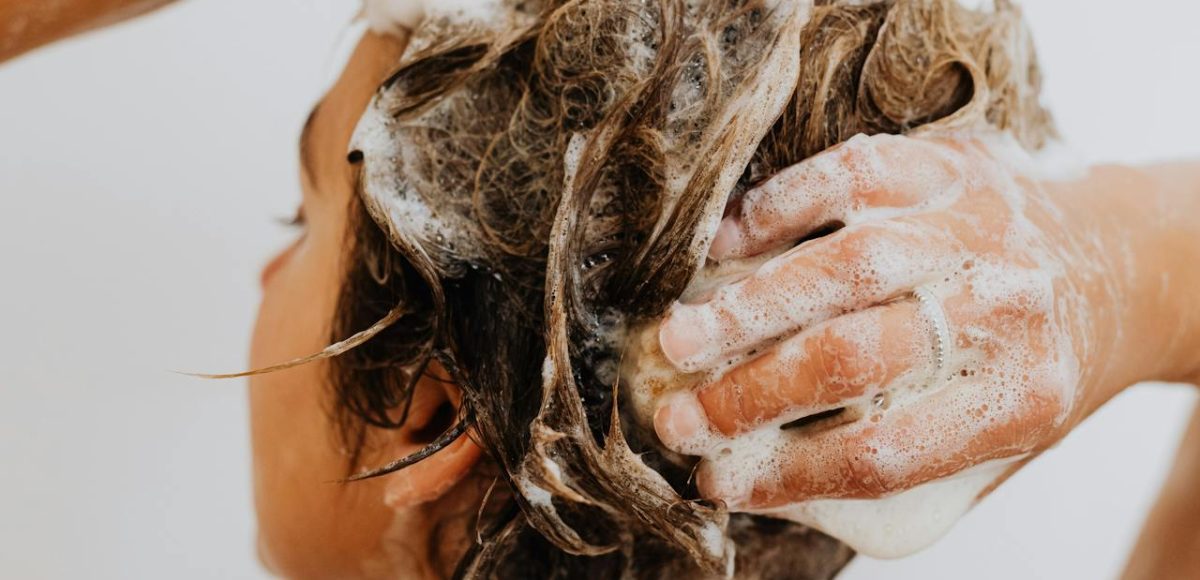
Shampoo and Hair Care Tips After a Hair Transplant

Shampoo and Hair Care Tips
After a Hair Transplant
Discover essential shampoo and hair care tips to ensure optimal healing and hair growth after your hair transplant. Learn when and how to wash your hair, choose the right products, and maintain scalp health during recovery.
Sulphate-Free
Sulphates and parabens are common in many shampoos but can irritate sensitive scalps and disrupt healing.
Medicated Shampoo
surgeons recommend medicated shampoos with antibacterial or anti-inflammatory properties during the initial recovery phase.
Ingredients
Stay away from alcohol, artificial fragrances, and exfoliating agents. These can dry out or inflame your scalp.
How to Care for Your Hair After a Transplant
Undergoing a hair transplant is a significant move toward restoring your confidence and achieving thicker, more natural-looking hair. But the process doesn’t stop after the surgery. The days and weeks following your transplant are crucial for ensuring long-term success. One of the most overlooked but vital aspects of post-transplant care is how you treat your hair and scalp, particularly how you wash and care for them.
In this essential guide, we’ll explain everything you need to know about shampooing and caring for your hair after a hair transplant. From what products to use and when to start washing to long-term scalp health and expert support, this guide is tailored to help you achieve the best possible results.
The Importance of Hair Care
Proper post-transplant hair care isn’t just about keeping your scalp clean but protecting your investment. The newly implanted grafts are delicate and need a nurturing environment to thrive. A good hair care routine ensures the best outcome for hair growth and scalp healing.


- 2,190 Grafts
- 12 Months Post Op
The Healing Process For Hair Follicle
Your scalp goes through various healing stages in the first few weeks after a hair transplant. The tiny incisions during the procedure need time to close up, and the new grafts require a stable environment to anchor securely. Proper care helps avoid trauma to the area and promotes faster healing.
Avoiding Infections and Irritations
Neglecting hygiene or using the wrong products can lead to irritation, itching, or infections. These can compromise the survival of the transplanted follicles. Washing your scalp gently and with the right products reduces the risk of complications.
Supporting Hair Growth
Following a suitable hair care routine helps nourish your scalp, maintain healthy blood flow, and provide the nutrients necessary for hair follicles to grow. The more carefully you treat your scalp, the more likely your transplant will yield the lush, long-lasting results you hope for.
The Right Time to Start Washing Your Hair
Even the most well-oiled machine can falter under stress. Your hair cycle is no different. Various internal and external factors can throw it off balance, leading to excessive shedding, stunted growth, or hair thinning.
The Critical First 48–72 Hours
Avoid touching or washing your hair in the first 48 to 72 hours. This period allows the grafts to settle securely into the scalp. Instead, keep the area dry and clean and avoid excessive sweating.
Your Surgeon’s Guidelines
Every patient is unique, and your surgeon’s post-operative instructions should always take precedence. Follow their specific recommendations regarding washing frequency and suitable products.
How Soon Is Too Soon?
Generally, you can begin gentle washing on day three or four post-surgery. However, this does not mean scrubbing. You should apply shampoo using a dabbing or patting motion, ensuring minimal graft disturbance.
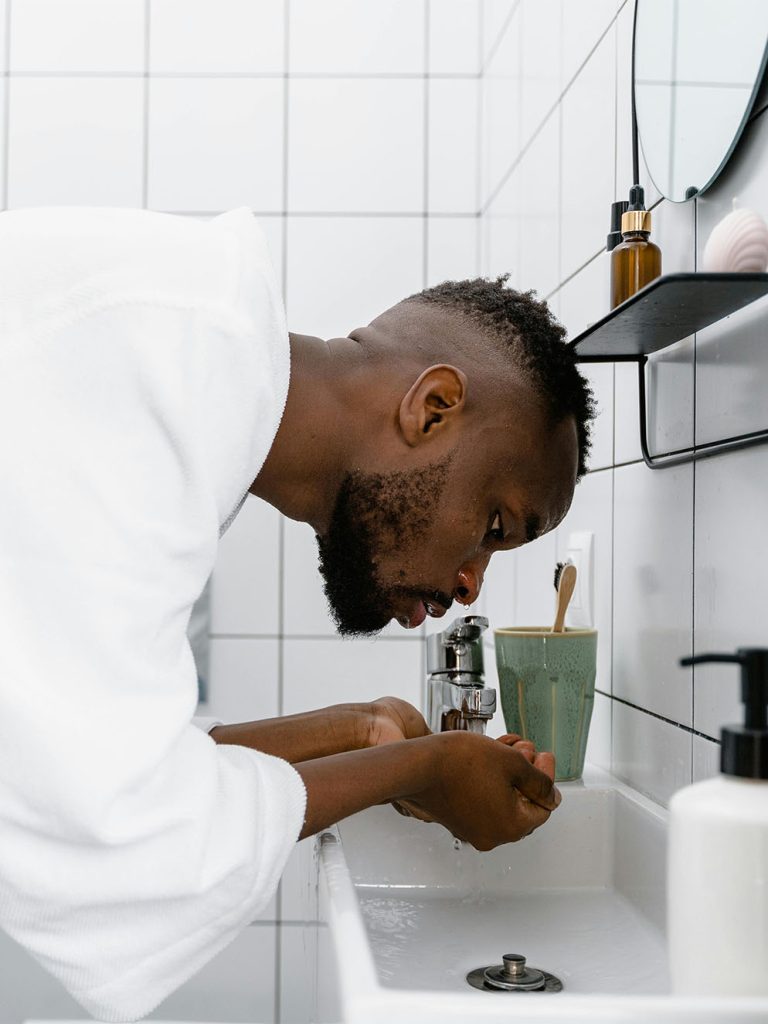
Step-by-Step Guide
Washing Your Hair After a Hair Transplant
How you wash your hair is just as crucial as when you start doing it. This section includes the proper technique to clean your scalp without compromising your transplant.
1. Getting Everything Ready
Prepare a bowl of lukewarm water, a mild, sulphate-free shampoo, and a clean towel. Ensure your environment is clean to avoid contamination.
2 . Gentle Shampoo Application
Dilute a small amount of shampoo in the bowl of lukewarm water and gently pour it over your head. Avoid applying shampoo directly to your scalp. Use your fingertips—not your nails—to lightly pat the shampoo around the transplanted area.
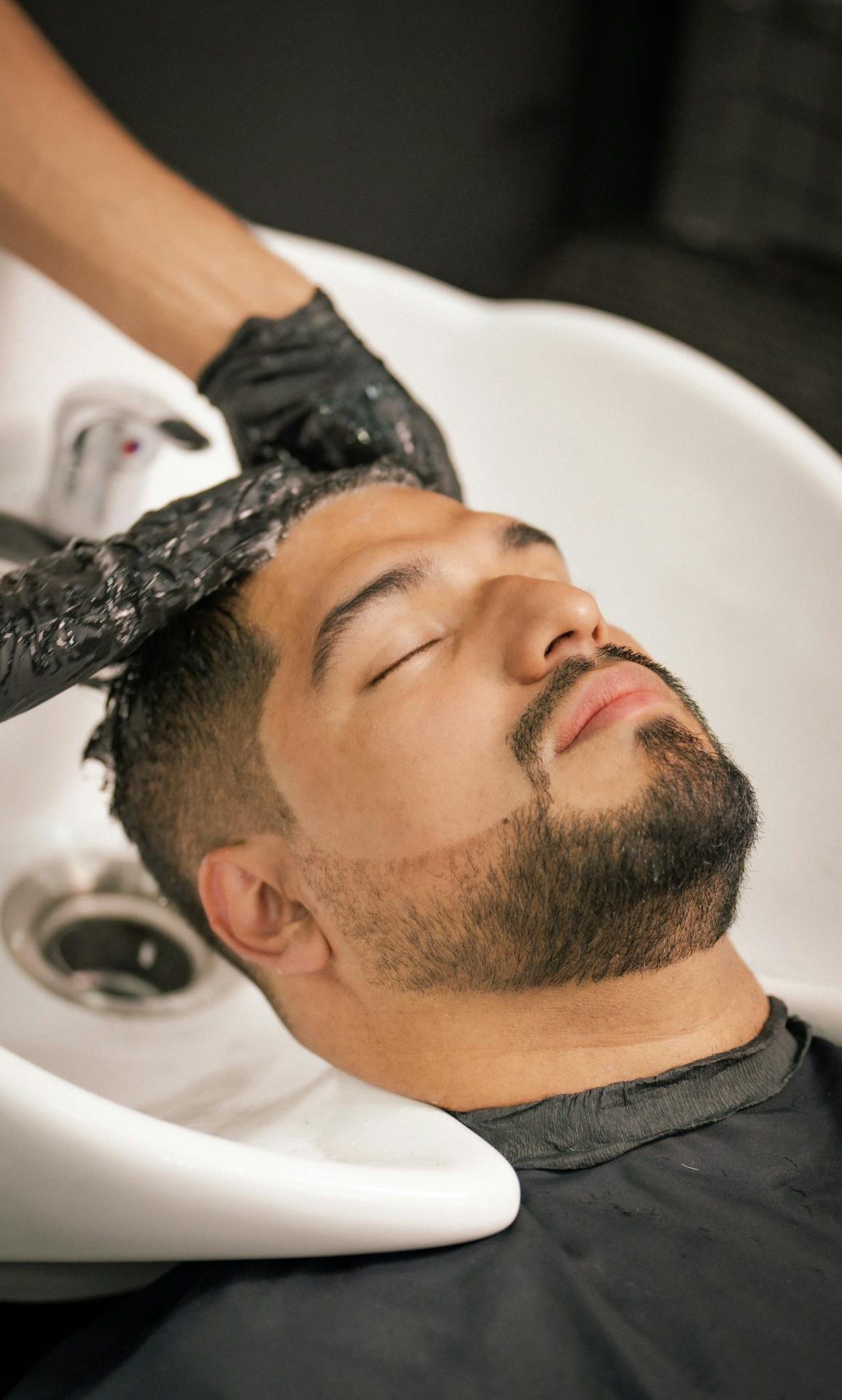
2 . Gentle Shampoo Application
Dilute a small amount of shampoo in the bowl of lukewarm water and gently pour it over your head. Avoid applying shampoo directly to your scalp. Use your fingertips—not your nails—to lightly pat the shampoo around the transplanted area.
3 . Rinsing the Right Way
Use a cup or bowl to rinse your head gently with lukewarm water. Do not stand directly under a powerful shower stream. Continue pouring water until the shampoo is completely removed.
4 . Safe Hair Drying Techniques
Blot your hair gently using a soft towel. Avoid rubbing or applying pressure. Air drying is ideal, but if you must use a hairdryer, opt for the cool setting only and keep it at a safe distance.
Choosing the Best Shampoo
After a Hair Transplant
Not all shampoos are created equal; using the wrong one can do more harm than good after a hair transplant. The right shampoo will be gentle, nourishing, and free from harsh chemicals.
Sulphate-Free & Paraben-Free
why Sulphate-Free and Paraben-Free Products Are Essential. Sulphates and parabens are common in many shampoos but can irritate sensitive scalps and disrupt healing. Sulphate-free options cleanse without stripping natural oils or harming new grafts.
Medicated vs. Natural Shampoos: What's Best for You?
Some surgeons recommend medicated shampoos with antibacterial or anti-inflammatory properties during the initial recovery phase. Later, natural shampoos with soothing ingredients like aloe vera and chamomile can help maintain scalp health.
What Ingredients to Avoid in the Early Stages
Stay away from alcohol, artificial fragrances, and exfoliating agents. These can dry out or inflame your scalp. The cleaner the ingredient list, the better.
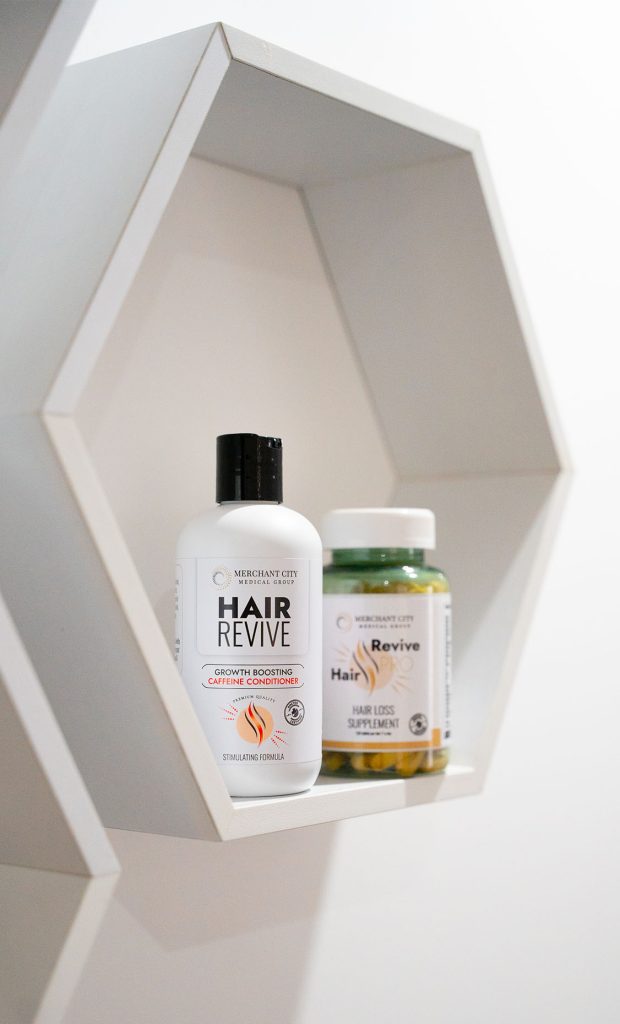
Ingredients That Promote Hair Growth and Scalp Recovery
Look for shampoos that contain biotin, niacin, keratin, and caffeine. These ingredients support follicle strength, improve circulation, and promote healthy regrowth.
Top Mistakes to Avoid When Washing Your Hair After a Transplant
A few small errors can undo much of the progress you’ve made with your transplant. Knowing what to avoid can help ensure you stay on track.
-

Using Water That's Too Hot
Using hot water may irritate your scalp and compromise the stability of newly implanted grafts. Use only lukewarm or cool water when washing your hair. -

Rubbing or Scratching the Scalp Too Soon
It might be tempting to relieve itchiness by scratching, but this can damage delicate grafts. Instead, gently pat or tap the area if necessary. -

Applying Harsh Products Too Early
Avoid hair sprays, gels, and styling products during the first few weeks. These can clog pores and lead to infections or ingrown hairs. -

Overwashing or Skipping Washes Altogether
Stick to your prescribed washing schedule. Washing too often may strip oils and dry out the scalp, while too little cleaning can lead to buildup and infection. -

Scalp Care Beyond Shampooing
Shampooing is only one part of your post-transplant care routine. Additional scalp care steps can help soothe, hydrate, and protect sensitive skin. -

Keeping the Scalp Moisturised After Transplant
Using a gentle, fragrance-free moisturiser can keep your scalp from drying out. Hydrated skin supports better healing and reduces the temptation to scratch. -

Saline Spray and Post-Op Solutions
Some clinics recommend using a saline spray to keep the grafts hydrated and clean during the initial recovery period. Follow your surgeon’s instructions precisely. -

When It's Safe to Resume Using Oils and Serums
Hair oils and serums should be avoided until your scalp has fully healed. Typically, these can be reintroduced about four weeks post-surgery, but always confirm with your clinic. -

Managing Scabs and Flaky Skin
Scabbing is normal and part of the healing process. Do not pick at the scabs. Gentle washing and possibly a prescribed lotion will help them fall off naturally.

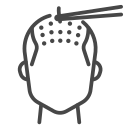


Long-Term Hair Care After a Hair Transplant
Once you’ve passed the initial healing phase, your focus should shift to maintaining and improving the results. Consistency is key to long-term success.
Resuming Your Normal Hair Routine Safely
Minoxidil
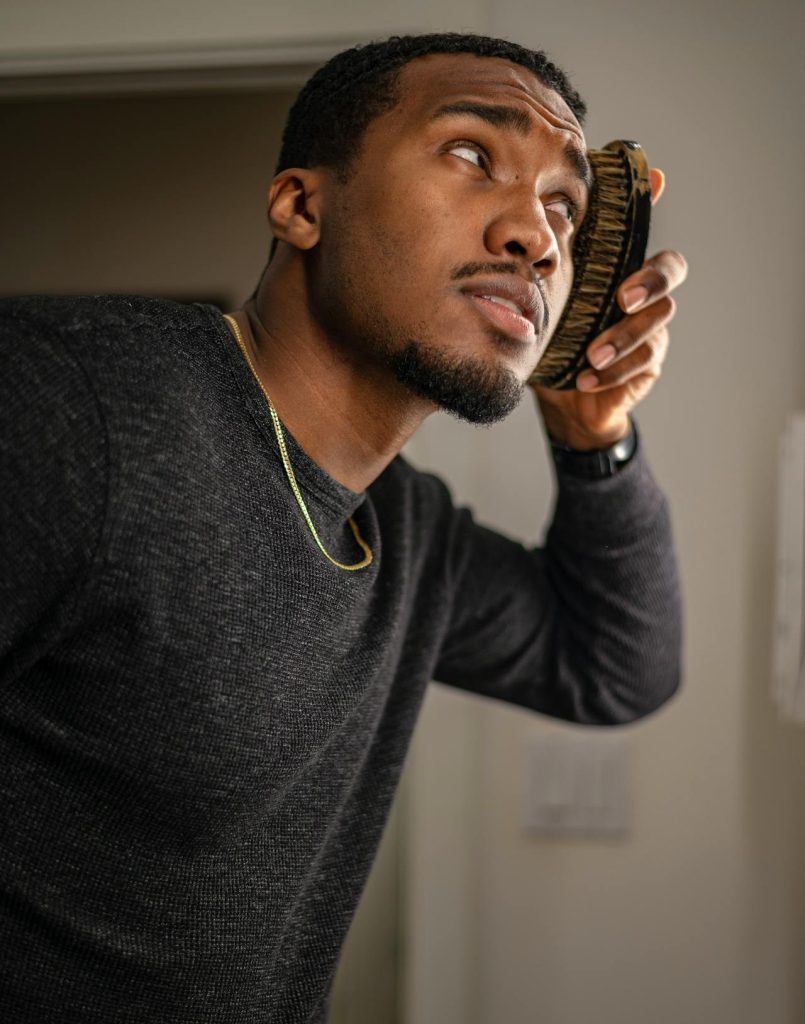
You can generally return to your usual hair care routine after 3-4 weeks, provided your surgeon gives the go-ahead. Still, continue to be gentle and avoid aggressive styling.
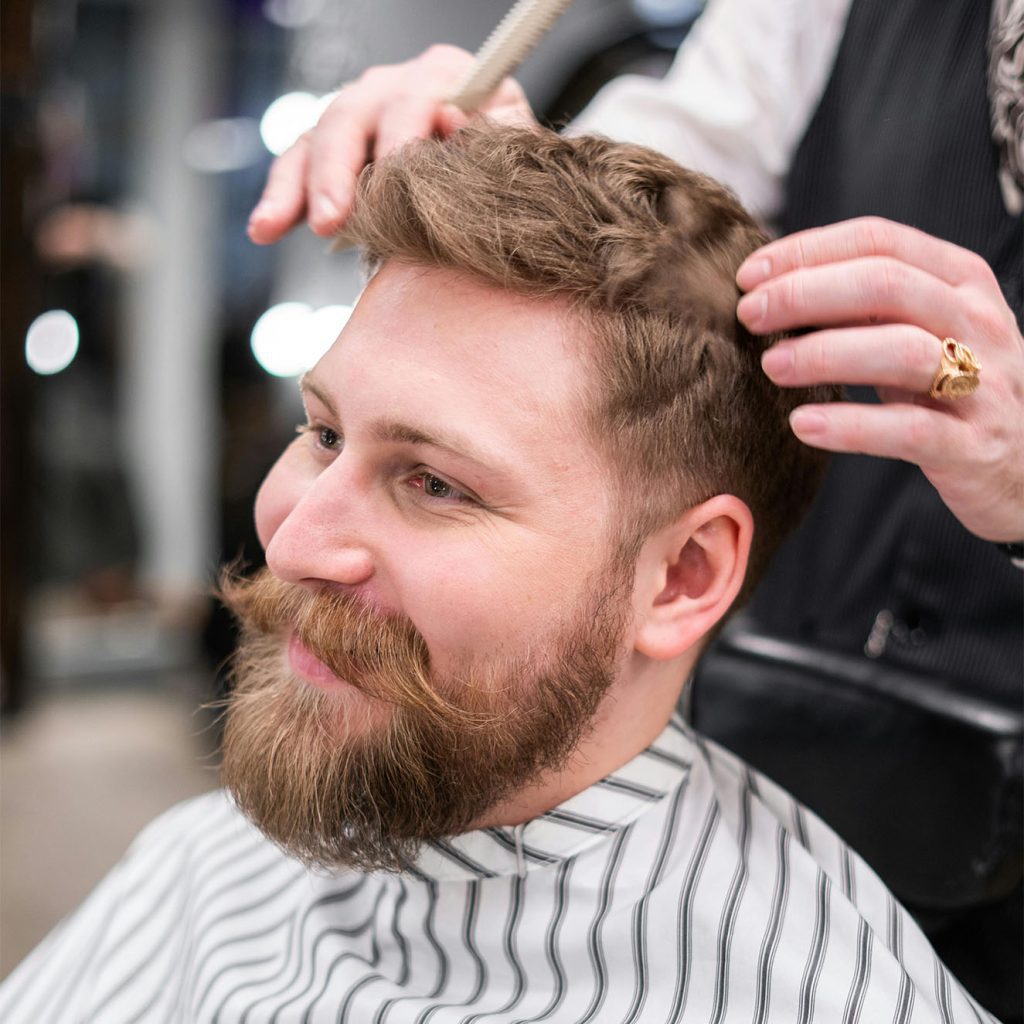
Styling Without Damaging New Growth
Best Practices
For the first couple of months, avoid heat-styling tools like straighteners and curling irons. Opt for gentle styles that do not tug at the roots.
Maintaining Scalp Health
Over Time
Regular washing with a mild shampoo, scalp massages, and occasional strengthening treatments can support ongoing follicle health.
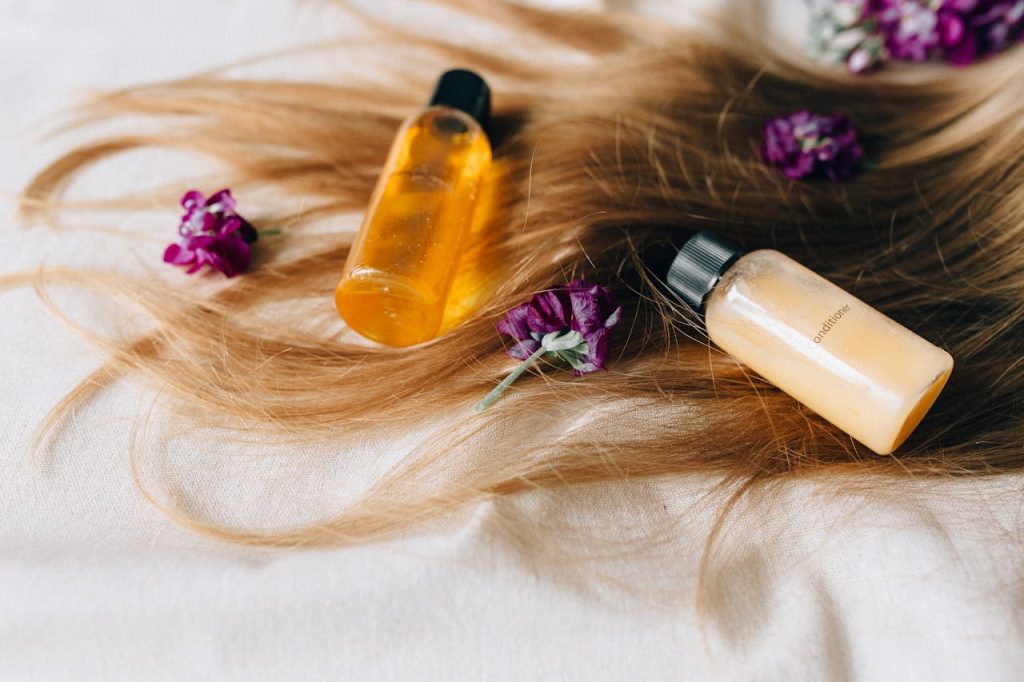
Choosing the Right Hair Products
Long-Term Use
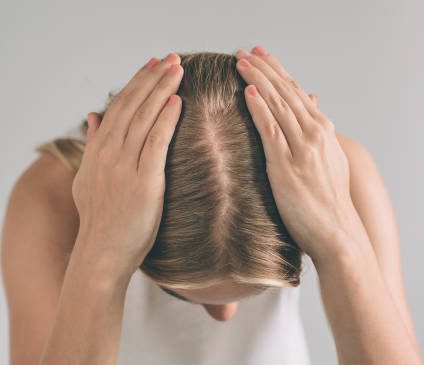
Use lightweight, non-comedogenic products that won’t clog pores or irritate your scalp. Products enriched with peptides and vitamins can help boost regrowth.
When to Contact Your Surgeon
It’s important to distinguish between normal recovery and signs of complications. Here are some red flags that warrant medical advice.
Watch for Signs of Infection or Reactions
Symptoms like pus, excessive redness, or swelling may indicate an infection. Contact your clinic immediately if these appear.
Severe Itching or Burning Sensation
While mild itching is normal, severe discomfort may require a medicated lotion or shampoo. Don’t self-medicate—always seek professional advice.
Unexpected Shedding or Bald Spots
Some hair shedding is normal (known as “shock loss”), but consult your surgeon if you notice patchy bald spots or rapid loss.
FAQs About Post-Transplant Hair Washing
Even with detailed instructions, questions still arise.
Here are some common concerns addressed clearly.
No, dry shampoo should be avoided during the healing phase. It can clog pores and cause inflammation.
Don’t panic. Simply resume your routine the next day. Scrub harder the following day to avoid overcompensating.
Conditioner can usually be reintroduced 3-4 weeks after surgery, but it should be a gentle, nourishing formula free from harsh chemicals.
Mild flaking is common as your scalp heals. However, persistent dandruff should be discussed with your surgeon, as it may signal dryness or irritation.
Ensuring Long-Term Results After Your Hair Transplant
Shampooing and caring for your hair after a transplant can be daunting initially, but it doesn’t have to be. With the right products, techniques, and expert guidance, you can ensure your transplant is a long-term success. Commit to a routine, avoid common pitfalls, and don’t hesitate to contact professionals when in doubt. Your new hair deserves the very best—and so do you.
A hair transplant is a big investment in your self-esteem and looks. Proper post-operative care—including using the appropriate shampoo—is essential for the surgery to succeed and encourage healthy hair growth. This article will discuss the finest shampoos following a hair transplant, their importance, and how to take good care of your hair while healing.
Book your free consultation today and take the first step toward a fuller, more confident you!
Excellence Record
- 30+ Years of combined experience
- 10 + Experts
- 1000 + Satisfied Patients




